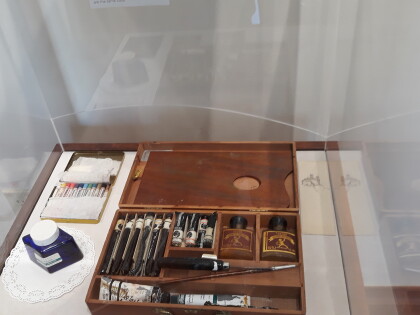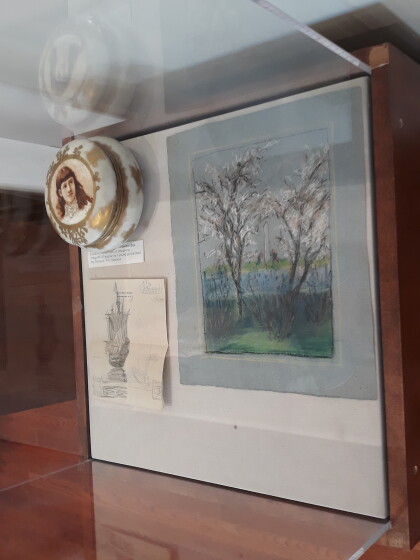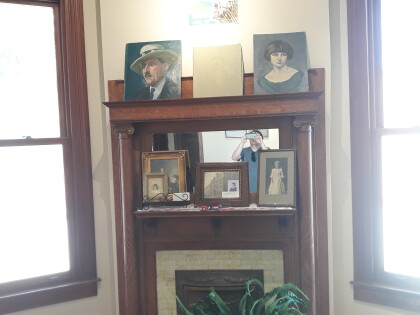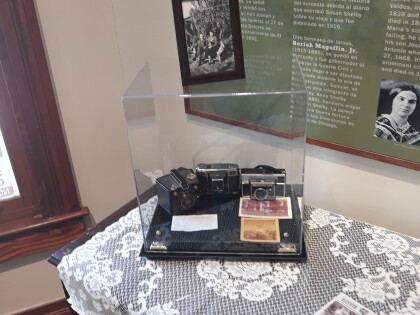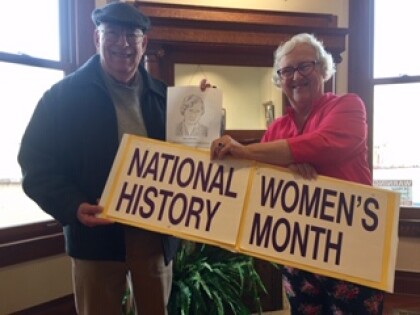Fort Bliss - Magoffin
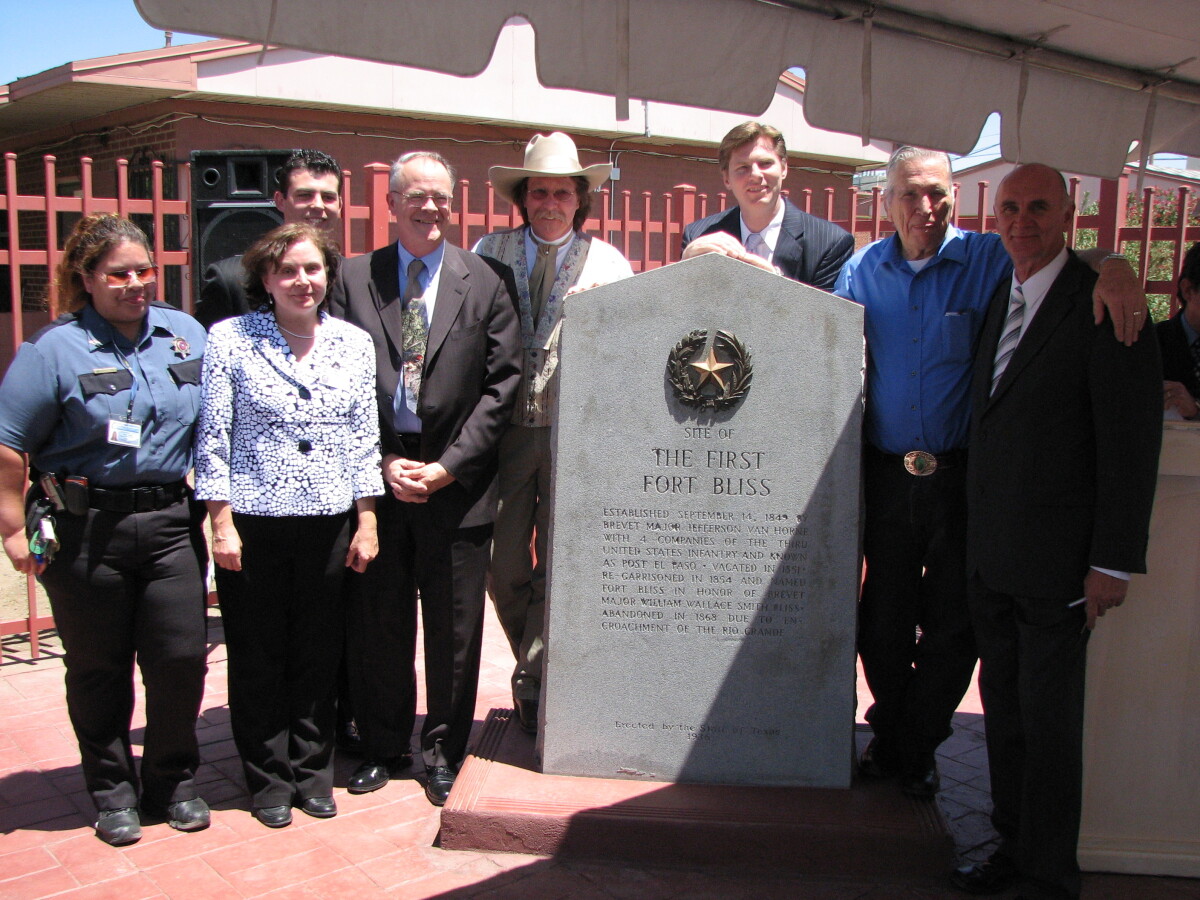
Fort Bliss - Magoffin
Photo: Ceremony to honor the first site of Fort Bliss. FORT BLISS. After the end of the Mexican War the need to defend the new border, to maintain law and order, to protect settlers and California-bound migrants from Indian attacks, and to survey for a new transcontinental railroad compelled the United States government to establish a military post on the Rio Grande in the area of El Paso del Norte (now Ciudad Juárez, Chihuahua). On November 7, 1848, the War Department instructed the Third Infantry to take up quarters at the pass, and Bvt. Maj. Jefferson Van Horne led 257 soldiers, including the regimental staff, six infantry companies, and a howitzer battery, west from San Antonio. They arrived in the area on September 8; on September 14, four companies were quartered on Coons' Rancho, formerly Ponce's Ranch, in downtown El Paso. About one-third of the troops occupied the presidio at San Elizario, an old Spanish garrison twenty miles southeast of El Paso. The War Department closed the post and presidio in September 1851 and withdrew the troops to Fort Fillmore, forty miles to the north. A military post was reestablished on the Rio Grande in January 1854 when Lt. Col. Edmund Brooke Alexander, with four companies of the Eighth United States Infantry, rented quarters at Magoffinsville, a hacienda three miles east of Coons' Rancho. On March 8, 1854, the official name of the post became Fort Bliss, in memory of Lt. Col. William Wallace Smith Bliss, Gen. Zachary Taylor's chief of staff during the Mexican War and later his son-in-law. Lt. Col. Isaac V. D. Reeve was in command of Fort Bliss on March 31, 1861, when it was surrendered to the Confederate authorities of Texas. Confederate lieutenant colonel John Robert Baylor then occupied the post with elements of the Second Regiment of Texas Mounted Rifles. Brig. Gen. Henry Hopkins Sibley used Fort Bliss as a base from which to invade New Mexico but was repulsed in mid-1862 and driven from West Texas. Elements of the California Volunteers commanded by Col. James H. Carleton reoccupied Fort Bliss for the Union. Under Carleton's protection Mexican president Benito Juárezqv survived in El Paso del Norte in 1865–66 and received supplies from north of the border before driving the French from Mexico. In 1867 the post at Magoffinsville was swept away by a Rio Grande flood. The troops moved three miles north and named their post Camp Concordia in March 1868. On March 23, 1869, the camp was renamed Fort Bliss. The War Department closed the post in January 1877, just before the Salt War of San Elizario flared. A military board, however, convened to investigate the reopening of the post as a result of the violence; the board recommended in 1878 that Fort Bliss be reestablished, and the post was moved to downtown El Paso, which soldiers called Garrison Town. In late 1879 the government purchased land at Hart's Mill, three miles west of downtown El Paso, and Fort Bliss became a way station for troops pursuing renegade Indians. After Geronimo surrendered in 1886, the government began to abolish small, isolated posts and replaced them with new facilities near railroads. Fort Bliss was almost supplanted by Fort Selden, eighteen miles north of Las Cruces, New Mexico, but was kept in El Paso by community leaders, who contributed about $7,000 for the purchase of land on Lanoria Mesa, five miles east of town. Congress then committed $300,000 for new facilities. Fort Bliss moved to its sixth and final home in late 1893. http://www.tshaonline.org/handbook/online/articles/qbf03
Report this entry
More from the same community-collection
Exhibit Opening: Rediscovering the Art of Octavia Magoffin Glasgow
An El Paso born artist, Octavia was the last Magoffin family ...
Exhibit Opening: Rediscovering the Art of Octavia Magoffin Glasgow
An El Paso born artist, Octavia was the last Magoffin family ...
Exhibit Opening: Rediscovering the Art of Octavia Magoffin Glasgow
An El Paso born artist, Octavia was the last Magoffin family ...
Exhibit Opening: Rediscovering the Art of Octavia Magoffin Glasgow
An El Paso born artist, Octavia was the last Magoffin family ...
